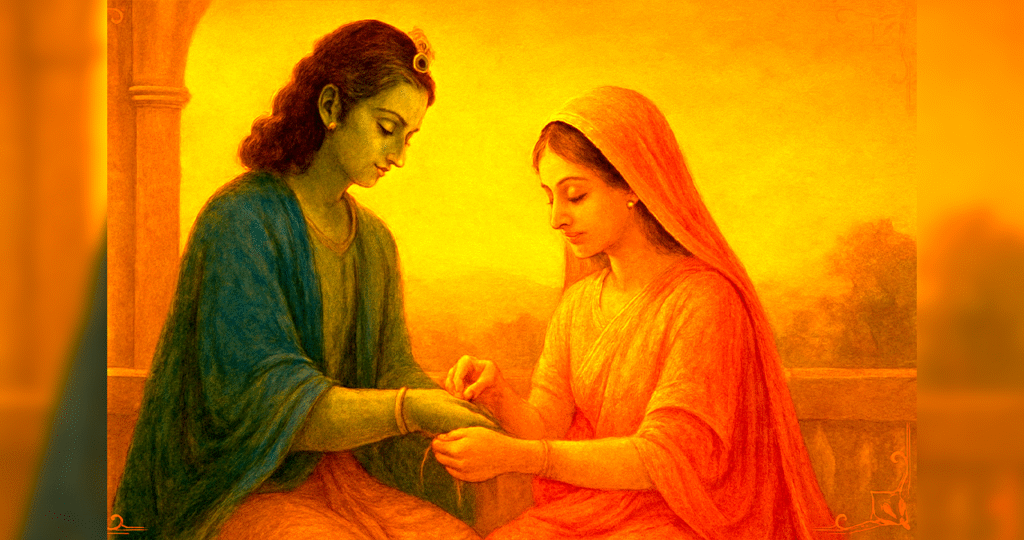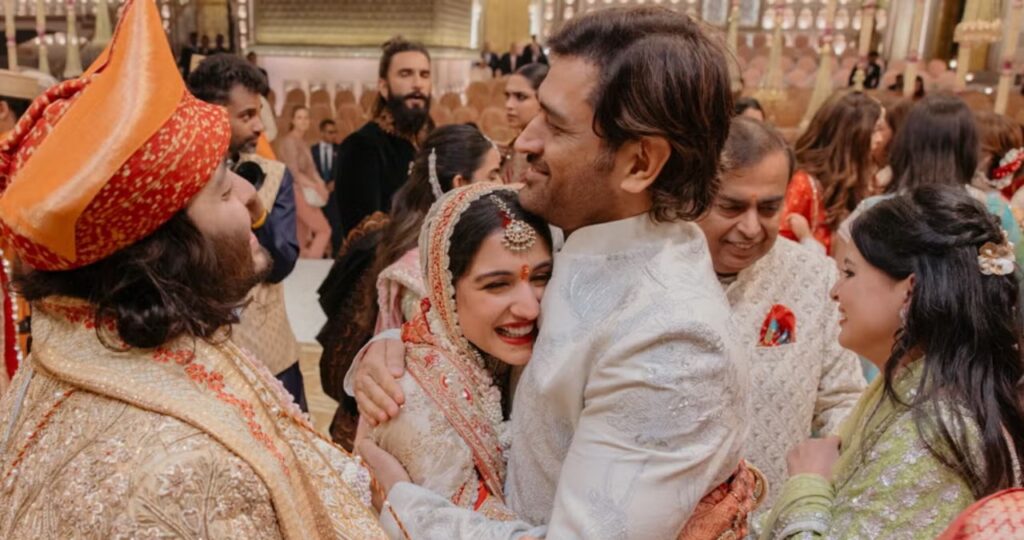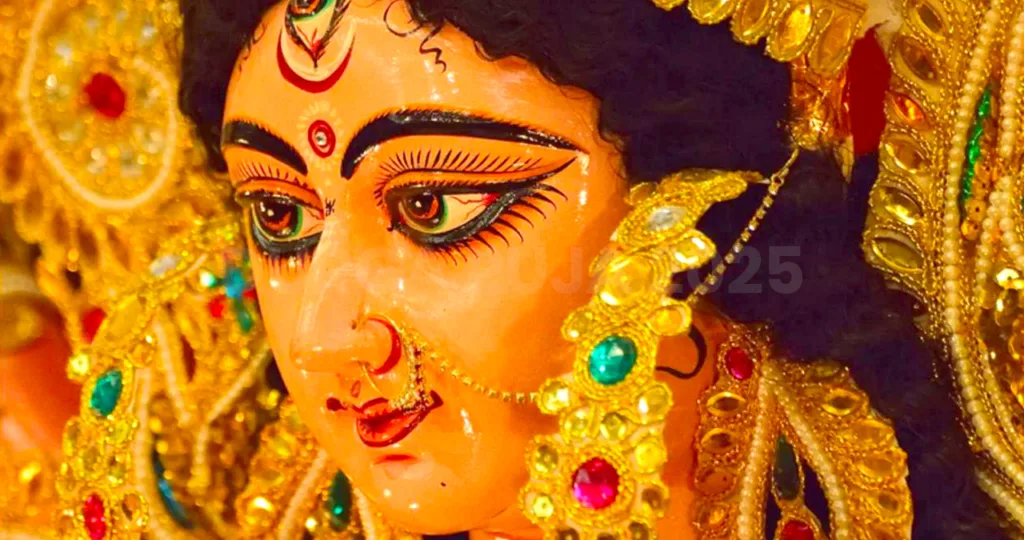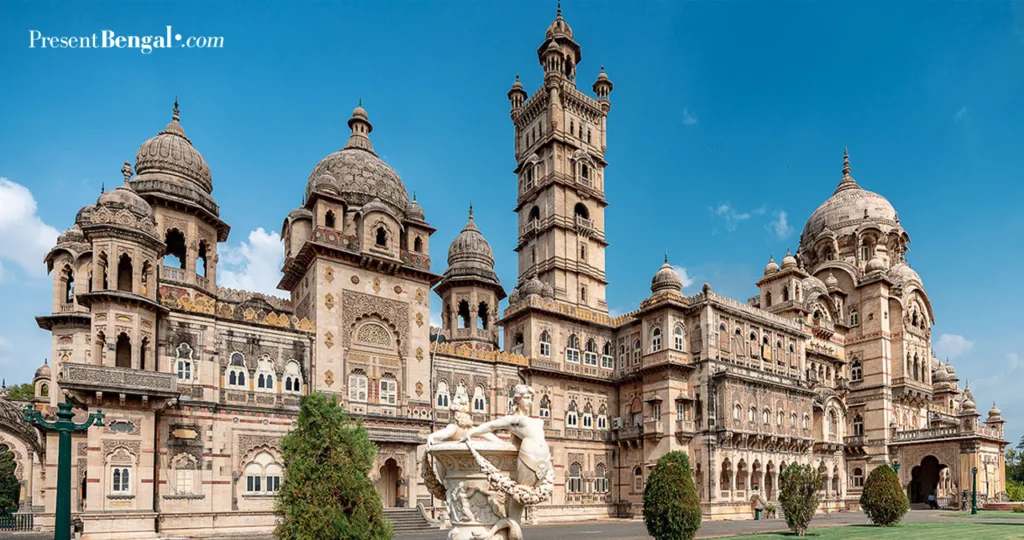Tracing the roots of Rakhi in the Mahabharata through Krishna’s close relationship with his half-sister Subhadra, marked by love, care, and protection.

In the grand narrative of the Mahabharata, Lord Krishna steps into the political theatre during Draupadi’s Swayamvar—the self-choice ceremony of marriage. By then, Krishna, who had lived in Vrindavan, Mathura, and eventually Dwarka, was well aware of the Pandavas’ whereabouts. Even during the fire incident at the house in Varnavat, Krishna had an instinct that the Pandavas had not perished. When Draupadi’s Swayamvar took place, many Yadavas attended the grand event, including Krishna and Balarama. However, they didn’t participate as suitors—they were there as spectators, likely aligned as allies to King Drupada.
When Krishna saw the Pandavas disguised as Brahmins in the assembly, he immediately recognized them. He even pointed them out to Balarama with precision. After Arjuna won Draupadi’s hand and the Pandavas returned home, Krishna and Balarama discreetly visited their house at dusk. While this meeting seemed like a first, it’s possible Krishna had met the Pandavas earlier in life, maybe in Vrindavan, where he had heard about Arjuna from Indra himself. Regardless, this meeting set the stage for a significant political alliance.
Krishna’s recognition of the Pandavas was no mere coincidence. As the Pandavas rose again in the political landscape through Draupadi’s marriage, Krishna sent lavish gifts—including war-ready chariots, elephants, and horses—signaling both affection and strategic support. With King Drupada of Panchala on one side and Krishna on the other, the Pandavas’ power and legitimacy increased manifold.
 This Best Rakhi Gift For Sister Can Make You Rich In 1 Year →
This Best Rakhi Gift For Sister Can Make You Rich In 1 Year →When the Kauravas learned that the Pandavas were still alive, Karna proposed war. But wise elders like Bhishma, Vidura, and Dronacharya advised King Dhritarashtra to avoid conflict and instead grant the Pandavas half the kingdom. They highlighted the Pandavas’ growing power, especially the formidable support from Krishna and his Yadava army. Eventually, Dhritarashtra conceded and offered them the land of Khandavaprastha.
However, this land was barren and uninhabitable. Krishna, who had prior experience in establishing Dwarka, accompanied the Pandavas with Balarama and helped lay the foundation for a new capital. Under his guidance, the Pandavas established their kingdom and began to thrive. After assisting in the early days of settlement, Krishna returned to Dwarka.
Later, during Arjuna’s twelve-year exile—caused by breaking a marital vow—he traveled to various sacred places and arrived at Prabhas Kshetra. On learning of his arrival, Krishna personally welcomed him and hosted him on Mount Raivataka. Their bond deepened during this time of close association.
 FRIENDSHIP DAY 2025 — 70% OF FRIENDSHIPS FADE, MAKE IT COUNT →
FRIENDSHIP DAY 2025 — 70% OF FRIENDSHIPS FADE, MAKE IT COUNT →It was during a festive celebration at Raivataka that Arjuna first saw Subhadra, Krishna’s half-sister. Subhadra was the daughter of Rohini and Vasudeva, making her Balarama’s full sister and Krishna’s half-sister. But to Krishna, she was nothing less than a full sibling. His love and care for her was unwavering.
Krishna quickly noticed Arjuna’s attraction towards Subhadra and was pleased by it. Rather than taking the traditional route of seeking approval from elders, Krishna proposed a bold plan: Arjuna should elope with Subhadra. It was a calculated political and emotional decision. Krishna knew such an act might trigger a war, but he also knew it was the only sure way to secure their union.
Krishna offered his own chariot to Arjuna, yoked with his favorite fast horses—Shaibya and Sugreeva—and fully armed it with weapons. After the elopement, when Balarama became furious, Krishna remained silent at first, letting events unfold. Eventually, he spoke, defending Arjuna’s actions with logic and calm wisdom. Krishna’s words pacified the enraged Yadava warriors, and the marriage between Arjuna and Subhadra was peacefully accepted.
This act of protection and support is one of the most poignant examples of sibling love in Indian mythology. Krishna not only arranged and supported Subhadra’s marriage but also stood firmly by her side during societal backlash. His love for Subhadra was no less than what one would expect from an elder brother who sees his sister’s happiness as paramount.
After the wedding, Subhadra moved to Khandavaprastha with Arjuna. Initially, Draupadi, the shared wife of the five Pandavas, was hurt and jealous. But it was again Krishna who resolved the tension using his signature emotional intelligence and wisdom. Thanks to his guidance, Subhadra and Draupadi established a friendly bond, and peace was restored within the family.
Not long after, Subhadra gave birth to Abhimanyu, one of the most valiant young warriors of the Mahabharata. In fact, Abhimanyu’s birth precedes Draupadi’s sons, making him the eldest among the Pandavas’ children, except for Ghatotkacha, Bhima’s son by the rakshasi Hidimbi.
Krishna remained in Khandavaprastha for an extended period after the marriage. His prolonged stay reflects the deepening bond between him and the Pandavas, especially Arjuna. His time there strengthened not just political ties but also familial and emotional ones.
A beautiful cultural tale connected to this relationship is often cited as one of the earliest examples of Rakhi or Raksha Bandhan. It is said that once, Subhadra tied a piece of her garment on Krishna’s bleeding forehead to stop the blood. That act of care and protection is symbolic of the sacred bond that Rakhi celebrates—where a sister ties a thread on her brother’s wrist as a symbol of love, trust, and a prayer for his safety, while the brother vows to protect her under all circumstances.
Krishna’s actions, especially towards Subhadra, elevate this simple tradition to a timeless legacy. He wasn’t just a strategist, kingmaker, or warrior; he was the embodiment of sibling affection and sacrifice. Through the lens of Rakhi, Krishna’s bond with Subhadra becomes a universal symbol of brotherly love—a reminder that true protection is born from deep emotional connection, not just obligation.
Rakhi: A Global Message from the Mahabharata
In a modern world, Rakhi continues to transcend religious, cultural, and even gender boundaries. While rooted in Indian tradition, its message is global: unconditional love, care, and the promise to protect. And no story encapsulates this spirit better than Krishna and Subhadra.
As you tie the Rakhi this year, remember that it’s more than a thread—it is history, love, and the silent strength that holds families together. And in every thread lies a story—just like Krishna’s, written in love, trust, and eternal protection.
Also Read: Durga Cosmic Symbolism: Mythology Reimagined Through Astrophysics
 5 Durga Puja Saree Looks Will Make You Special Among Your Friends. →
5 Durga Puja Saree Looks Will Make You Special Among Your Friends. →






